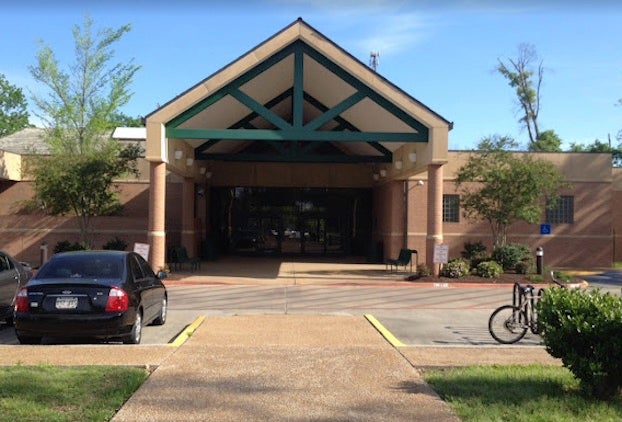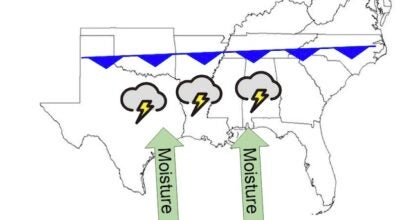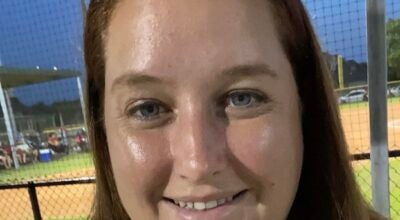Killer amoeba recommendation for 84 water treatment systems in state
Published 5:45 pm Thursday, October 10, 2013
NEW ORLEANS (AP) — State workers are checking records of 82 water treatment systems that use the same disinfection process as two in opposite corners of Louisiana where a rare but deadly amoeba was found. They also will check the water, and the state health department strongly recommend that all 84 keep residual chlorine levels at a level known to control the amoeba.
That’s a good step but every parish and municipal water system statewide should be checked, said state Sen. J.P. Morrell, who represents the southeastern parish where a 4-year-old boy apparently was infected by Naegleria fowleri. The amoeba also was found in treated water 250 miles away in northwestern DeSoto Parish.
Chlorine levels in every parish and municipal water system statewide should be checked immediately and the current vague recommendations for a trace of chlorine should be changed to specific numbers, he said.
“This public health issue has created concern and panic, and it has undermined public confidence in government’s ability to perform one of its most basic functions — the delivery of safe drinking water to homes,” he wrote to Gov. Bobby Jindal.
He wrote to the governor because the Department of Health and Hospitals would need a “tremendous allocation of resources” for statewide testing, Morrell said an interview.
The department will be evaluating chlorine levels in other public drinking water systems statewide, said a statement emailed late Wednesday by spokeswoman Christina Stephens. “Later requirements may be issued for systems that utilize free chlorine,” she wrote said.
DeSoto Parish Waterworks District No. 1, the site of a 2011 death, and St. Bernard Parish — where there was also a death in 2011 as well as in August — have one thing in common: both are disinfected with a chlorine-ammonia mixture called chloramines rather than the straight chlorine used in nearly 1,300 others around Louisiana, said J.T. Lane, the assistant DHH secretary in charge of Louisiana’s Office of Public Health.
Lane said he’s working with the Centers for Disease Control and Prevention and the U.S. Environmental Protection Agency on a sort of chlorine audit of the 84 Louisiana water systems that use chloramines and discussing “long-term implications for the country” such as possible changes in minimum recommendations.
There is a minimum chlorine level for water as it leaves treatment plants. But across a water system, under EPA regulations, chlorine “cannot be undetectable in more than 5 percent of the samples each month,” for two months in a row.
“Since the only requirement we’ve put on parishes is trace levels and ‘trace’ is subjective, I don’t think looking at past reports will provide the information we need,” Morrell said.
Chloramines are used — nearly always as a secondary disinfectant — because they produce fewer byproducts than chlorine and they last longer, so water stays safe at the farthest reaches of a system, according to EPA.
However, tests in St. Bernard Parish after the 4-year-old Mississippi boy’s death found no detectable free chlorine along nearly two-thirds the length of the long, narrow parish, and in much of the more densely populated upper parish. Maps on the parish’s website Wednesday showed that as of Oct. 3 — after weeks of flushing water lines and using extra chlorine — about 16 spots still had very low levels.
Every spot sampled in the DeSoto district had some chlorine, ranging from 0.05 to 0.4 milligrams per liter, DHH spokeswoman Olivia Watkins said.
Australian health officials say the level should be at least 0.5 milligrams per liter throughout a water system to control the amoeba. The amoeba was first identified in South Australia after a spate of cases during the 1960s, but none is recorded since 1981, according to the Queensland government’s website.
That’s the level DHH is now recommending for the 84 systems that don’t use straight chlorine,
“Because we’ve never had this before in this country, our state has had to consult with Australia on proper procedures for dealing with this problem. Which is kind of mind-blowing in itself,” Morrell said.
The amoeba usually feeds on bacteria in the sediment of warm freshwater lakes and rivers. If it gets high up in the nose, it can get into the brain.
The amoeba is only dangerous if it gets far up the nose — it is killed by stomach acids and boiling, experts say.
“The bottom line for everyone in St. Bernard and DeSoto: the water is safe to drink. Period,” Lane said.
(mgnonline.com)





